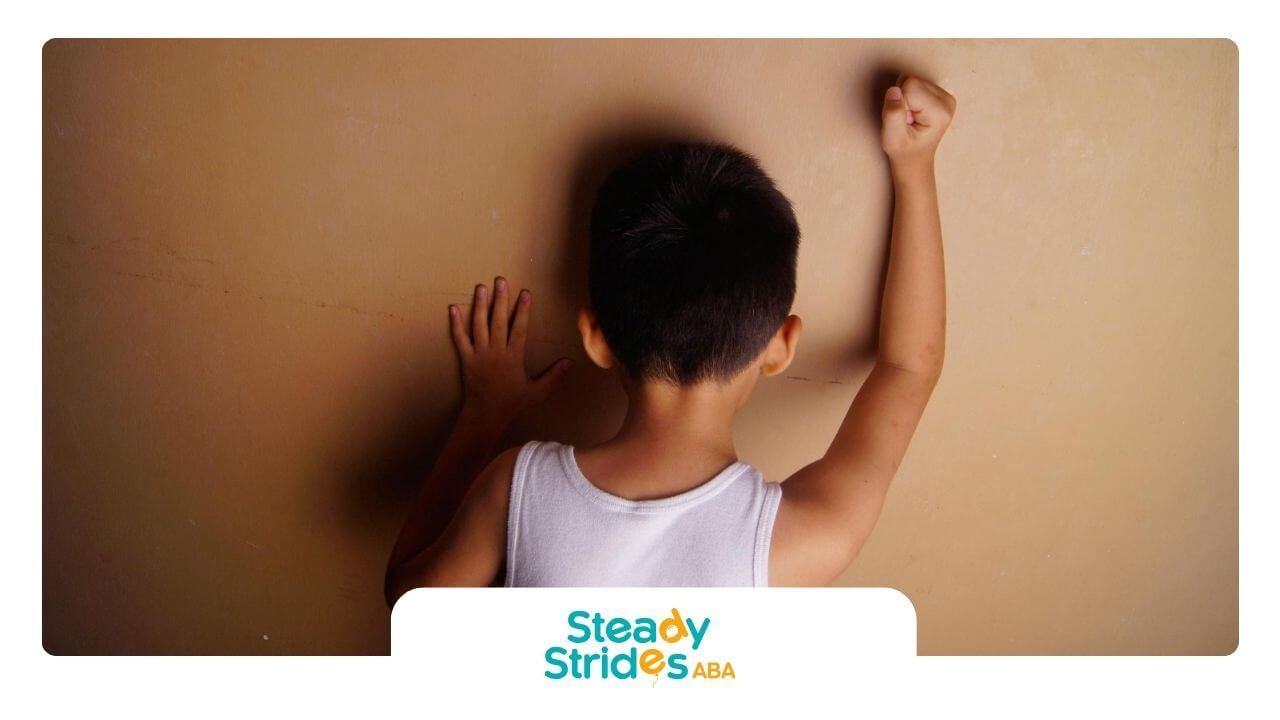I remember the first time a parent sat across from me, eyes full of worry, and asked, "Why isn’t this working?"
It’s a tough, vulnerable question—and one that deserves a real answer, not just a clinical explanation or false reassurance.
If you’re feeling that pit in your stomach because your child’s ABA therapy doesn’t seem to be helping the way you hoped, you’re not alone in wondering what’s next. And you absolutely can find a path forward.
As an ABA therapist, I’ve walked this journey with many families. Let’s talk openly about what might be happening, what you can do, and why this isn’t a dead-end—but a detour toward better support.
Why ABA Therapy Might Not Seem to Be Working
Every Child Is Different
First, it’s important to remember: ABA is not a one-size-fits-all method. Children grow, learn, and respond differently—and that means the same therapy plan won’t work for every child the same way.
Some common reasons ABA therapy may seem ineffective include:
- The goals set are too broad, too narrow, or not meaningful to your child
- The teaching methods aren’t connecting with your child's learning style
- The environment isn't supporting generalization of skills
- Burnout, boredom, or emotional needs are being overlooked
- Communication between the team and family needs strengthening
- The program hasn't been adjusted as your child develops
Recognizing these possibilities isn't about blame—it's about opening up new doors for progress.
What Parents Can Do When ABA Therapy Isn’t Working
Ask the Right Questions
One of the most powerful things you can do is become an active partner in your child’s therapy. Here are questions you might ask your team:
- Are the goals still meaningful and motivating for my child?
- Have you noticed patterns in my child's learning or behaviors?
- How are we measuring success in ABA? Are those measures meaningful for our child?
- How flexible are we being with methods if something isn't clicking?
- Can we adjust the reinforcement strategies?
Pro Tip: Ask for concrete examples, not just general updates.
Re-Evaluate Goals and Priorities
Sometimes, a shift in goals can reenergize therapy. Instead of focusing solely on skills like "sit still for five minutes," it might be more impactful to work on functional communication, emotional regulation, or social play—depending on what your child needs most at that moment.
Remember, progress can sometimes be qualitative (improved emotional wellbeing, better connections with family) before it becomes quantitative.
Review Your Child’s Learning Style
In my experience, some children thrive with highly structured sessions, while others do better when sessions feel more playful and natural.
If your child loves movement, hands-on activities, or stories, these should be woven deeply into their therapy sessions.
Examples of adapting to learning styles:
- Visual schedules for children who are visual learners
- Movement breaks for kinesthetic learners
- Music and rhythm for auditory learners
The more therapy honors your child’s strengths, the more likely it will "click."
Address Emotional and Sensory Needs
Sometimes, the issue isn’t with the program—it’s with how your child is feeling.
If they’re overwhelmed, anxious, or facing sensory overload, no amount of prompting will be effective.
Some signs your child’s emotional or sensory needs might be affecting therapy:
- Frequent meltdowns before or during sessions
- Avoidance behaviors increasing over time
- Regression in other areas, like sleep or eating
An excellent ABA team will recognize this and adjust accordingly, but as a parent, you can advocate for more sensory accommodations, emotional breaks, or even counseling support if needed.
When to Advocate for Program Changes
Trust Your Gut—and the Data
If you've voiced concerns, worked collaboratively, and therapy still feels stagnant, it might be time to consider bigger changes:
- A new BCBA (Board Certified Behavior Analyst) with a fresh perspective
- A different therapy setting (e.g., in-home vs clinic-based)
- Incorporating complementary therapies like Speech, OT, or even DIR/Floortime methods alongside ABA
You aren’t "giving up"—you’re fine-tuning your child’s support system to be more effective.
How Steady Strides ABA Supports Parents When ABA Therapy Needs Adjusting
At Steady Strides ABA, we understand that true ABA therapy is flexible, personalized, and deeply collaborative.
When families come to us feeling stuck, we:
- Conduct a thorough re-evaluation of therapy goals and methods
- Involve parents actively in the decision-making process
- Adjust teaching styles to fit each child's strengths and needs
- Prioritize emotional wellbeing, not just behavioral checklists
- Provide ongoing training and support for families, not just weekly updates
Your child’s growth journey deserves creativity, compassion, and commitment—and that’s what we’re here for.
If your gut is telling you something isn’t quite working with your child's ABA therapy, trust that instinct—and know that solutions are possible.
At Steady Strides ABA, we partner with families to create truly individualized therapy that feels right and makes real progress.
Whether you're seeking a second opinion, a fresh start, or just a supportive conversation, we’re here.
Reach out today—we’d be honored to walk this path with you and your child.
FAQs
Should I stop ABA therapy if it’s not working?
Not necessarily. Often, small changes in the approach, goals, or environment can make a huge difference. Consult with your ABA team to adjust strategies before considering major changes.
How long does it take to see progress in ABA therapy?
It varies! Some children show early gains, while others build skills more gradually. Consistency, collaboration, and a flexible approach are key ingredients for long-term success.
How can I tell if my child’s ABA program needs adjusting?
Look for signs like therapy sessions feeling stressful instead of engaging, no noticeable progress over months, or goals that seem disconnected from your child’s needs. Open communication with your team is crucial.
Sources:
- https://autism.org/learning-styles-autism/
- https://www.autismparentingmagazine.com/best-curriculum-for-your-child-with-autism/
- https://pmc.ncbi.nlm.nih.gov/articles/PMC11487924/
- https://www.richtmann.org/journal/index.php/jesr/article/view/12943
- https://www.appliedbehavioranalysisedu.org/2023/12/future-of-applied-behavior-analysis-aba-new-research-areas-and-findings/
- https://www.sciencedirect.com/science/article/abs/pii/S088303551630057X













